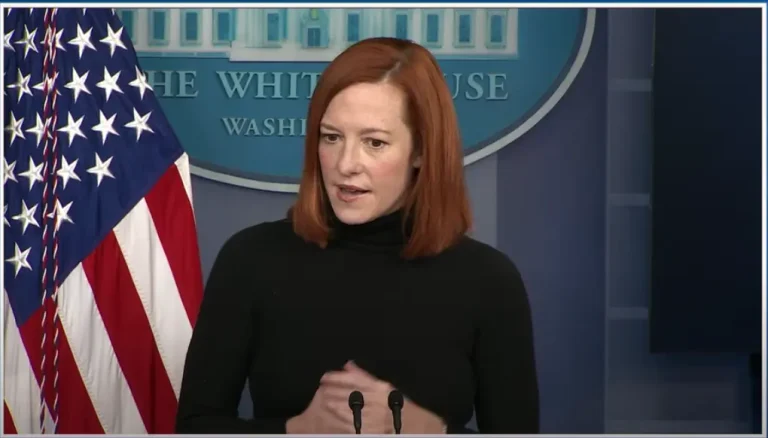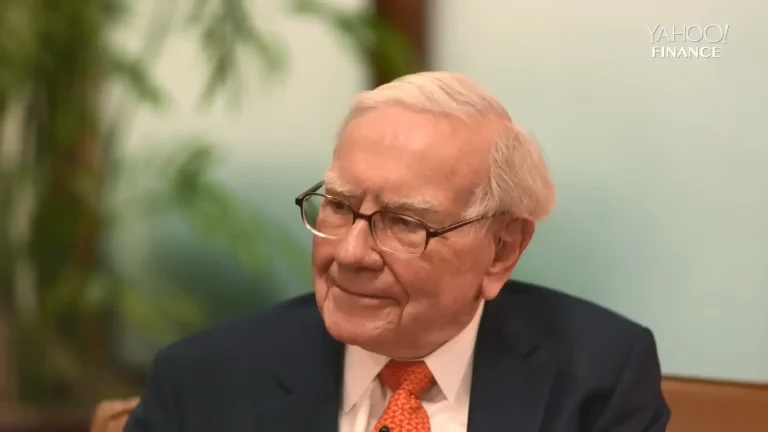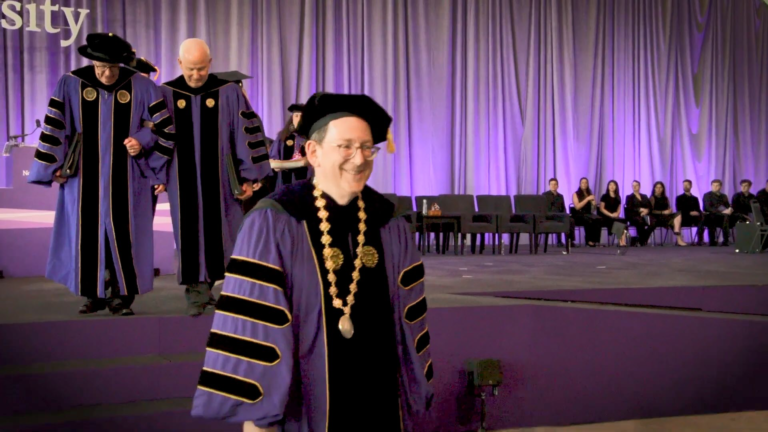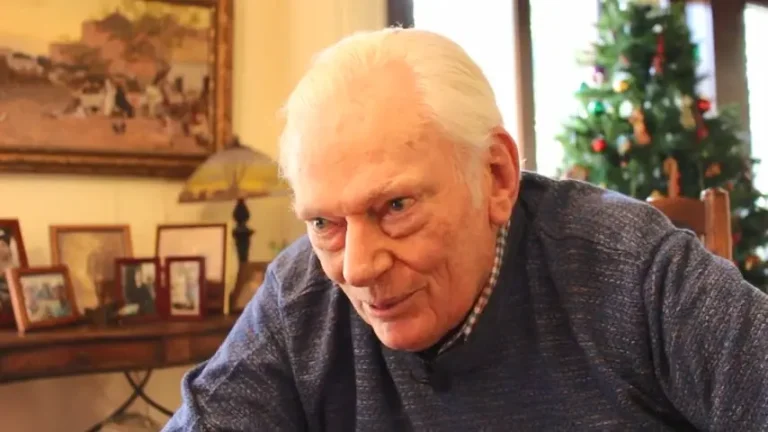Is ‘No Comment!’ Your Best Defense?
6 thoughts about answering those pesky reporters’ questions
The problem with saying “no comment” is so well known it’s even been featured in romantic comedies.
The 1999 movie “Notting Hill” is about a London bookstore owner named William Thacker, played by Hugh Grant, and a famous American actress, Anna Scott, played by Julia Roberts.
William brings Anna to a dinner party where his best friend, Max, played by Tim McInnerny, asks Thacker if he’s slept with Scott.
“That is a cheap question and the answer, of course, is no comment,” Thacker says.
“‘No comment’ means ‘yes,’” Max replies.
Max jumped to the wrong conclusion, which demonstrates one of the key reasons why many PR people advise: “Never Say ‘No Comment.” That’s also the title of a 2003 paperback by two Canadian media mavens. Here are six brief lessons on one of public relations’ favorite games: When to say, “No comment.”
Lesson 1. Never say never. There are some occasions where a no comment says just what you want. Consider the example of President Joe Biden, who isn’t exactly known as a media maven. On March 31, 2023, before the indictment against former President Donald Trump was released, he was asked five times about the case.
With Marine One whirring on the South Lawn of the White House, here was the exchange:
Your reaction to the indictment? “No.”
Will the indictment divide the country? “I have no comment on that.”
Was he worried about protests? “No. I’m not going to talk about the Trump indictment.”
What does the indictment say about the rule of law? “I have no comment at all.”
Are the charges politically motivated? “I have no comment on Trump.”
Watch the video and judge for yourself: Was Biden suppressing a smile?
Lesson 2. Sometimes, the reporter is right. But for a lot of reasons the spokesperson can’t be the one to confirm it.
There used to be an old New York public relations game, or at least there was an old New York PR person who played the game with me when I was a reporter. It went this way:
- If I asked a question and the answer was yes, the exec would say, “No comment.”
- If the answer was no, the exec would say, “No comment, but off the record I’d check your sources on that.”
- On rare occasions, the exec would say, “No comment, but off the record you have good sources.”
- Sometimes the exec would say “No comment” no matter whether I was right or wrong, just to keep me guessing.
I appreciated the guidance.
Lesson 3. Maybe those little comments violated journalistic ethics. Journalists like to say they have a profession even though the job doesn’t require any qualifications other than an ability to type.
Specifically, if you tell a reporter something anonymously, the reporter shouldn’t say you declined comment in the story.
Or as the Associated Press puts it: “We must not say that a person declined comment when that person is already quoted anonymously.”
This could be known as the “You Can’t Have It Both Ways Rule.” Only reporters can have it both ways.
So, before you say, “No comment,” consider if there’s any helpful tips you’d like to offer pesky reporters.
Lesson 4. Some PR types aren’t bothered by not answering reporters’ questions. Instead, they get uptight about the words, “No comment.” There’s a long-running competition to come up with different ways to say “no comment” without uttering those dreaded words. A few examples:
- We don’t have anything to say, add, contribute…
- We haven’t read the report, book, complaint, indictment …
- We’re still gathering facts, just starting our investigation…
- We’ll check with our team, our general counsel, our CEO…
Lesson 5. In the 1996 movie “Jerry Maguire,” the title character is in the hotel suite of college quarterback Frank Cushman on the night before the NFL draft, when “Cush” is expected to be the first pick.
When the phone rings, there’s this exchange between Cush, played by Jerry O’Connell, and Jerry, played of course by Tom Cruise:
Cush: Reporters, Jerry. They been callin’ all night long.
Jerry: Just be friendly and you say, “No comment.” We’ll tell the world in 12 hours.
Cush: Talkin’ and sayin’ nothing, man, it’s an art I have not mastered.
When does talking and saying nothing work? When the reporter and the audience won’t figure out that the spokesperson isn’t answering the questions. In other words, never.
Lesson 6. “No comment” isn’t the best choice of words. But the problem isn’t linguistic, it’s practical. No matter how you try to duck questions, everybody recognizes when you don’t answer. Making matters worse, reporters will get those answers from somebody else. And the reporter will tell your story in a way that you aren’t influencing.
If you asked reporters which PR people helped their clients the most, most reporters would say it’s those who answered their questions. That’s in reporters’ interest. But the savviest PR pros will also say that by answering questions, they provided more information that made it into the story. And that benefits the client. (Or at least makes a bad story not as bad.)
More often than not, try answering questions. Start with what reporters want. Give them that (or as much as you can). Then, work toward what you want to give them. It’s an approach outlined by James F. Haggerty’s “In The Court of Public Opinion.”
Of course, “No comment” isn’t Notting Hills’s most famous line. That’s when Anna hesitantly says to William, “I’m just a girl, standing in front of a boy, asking him to love her.”
Answering reporters’ questions won’t necessarily get them to love you. That only happens in the movies.
Tom Corfman is a senior consultant with Ragan Consulting Group. Before joining RCG in 2021, he was director of communications for the Cook County Treasurer’s Office for five years. He has been a reporter and editor for Crain’s Chicago Business and the Chicago Tribune.
Contact our client team to learn more about how we can help you with your communications. Follow RCG on LinkedIn and subscribe to our weekly newsletter here.







